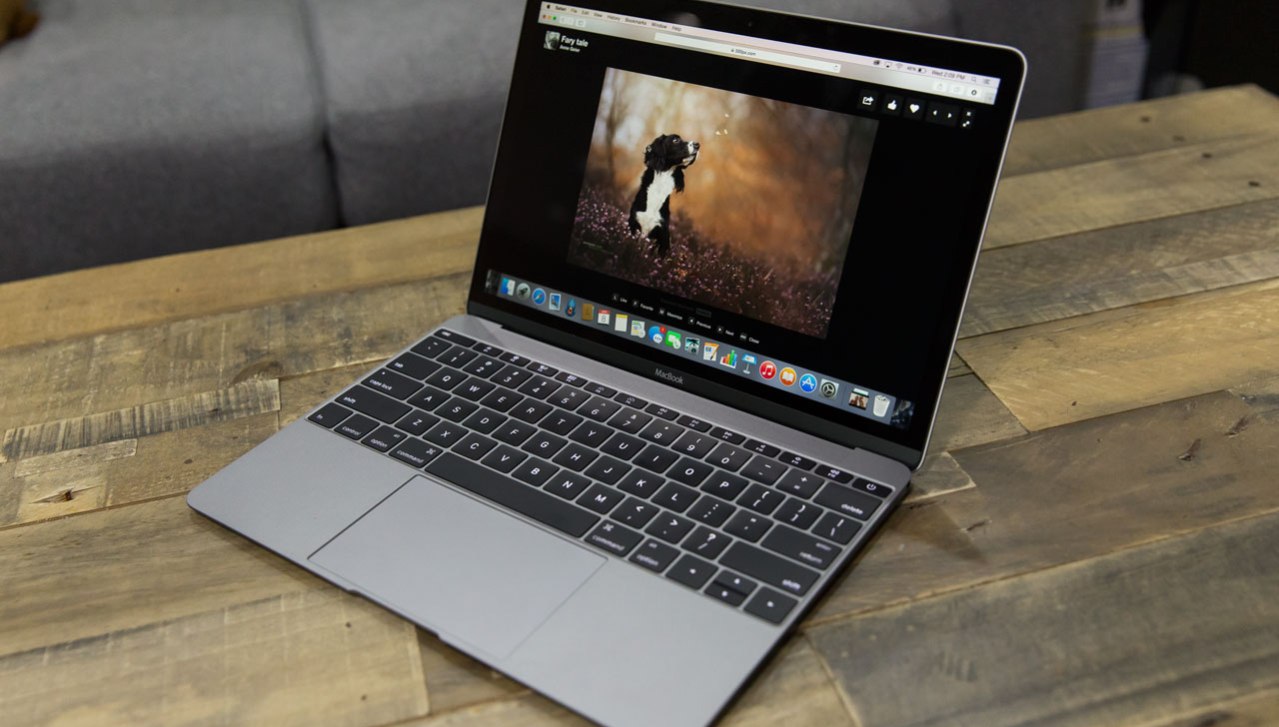So to understand why the iPad Pro even exists, you need to know the history of tablet computing.
| Examples of media consumption tablets: iPad Air 2 & Nexus 9 (image credits: pocketnow.com) |
Let's take a look at the evolution of tablets after Apple reinvented the market with the first iPad. The iPad and it's Android based cousins were basically glorified mobile phones, right from their processors to operating systems. Their screen size is usually a little above or below 10" diagonally. Then came the mini tablets, to be as productive as a regular tablet with the ability to fit in a coat pocket, with screen sizes between 7" to 8" diagonally.
 |
| The pre-iPad era tablets |
While these were the 2 types of the post iPad era tablets, Microsoft actually was in the tablet market years before the iPad with their desktop operating system, Windows. This meant that the user was able to use all his software to which he could use on his laptop or desktop on his tablet pc. But these tablets were big, clunky and not very portable. Thus they never turned many heads. Fast forward to the later half of 2012.
Intel had made its Atom line of ULV processors powerful enough to run Windows and most of its basic apps & Microsoft was ready to launch Windows 8, the first version of Windows to be optimised for tablets as well as traditional laptops and desktops. This gave birth to a new breed of productivity focused tablets and the best example is Microsoft's own Surface Pro series. Meanwhile the iOS and Android based tablets began to be known as "media consumption tablets". These new "productivity" focused tablets (while not as easy to use as a tablet) were thin, light and very responsive. They featured internals which were seen on mainstream laptops (making them much more powerful than the media consumption tablets) and had screen size ranging from 10" to 13". While they didn't take the market by storm, they began eating into iPads market share. So after 3 years of ignoring the productivity tablet market, Apple finally decided to come in and they introduced the iPad pro.
| The Microsoft Surface Pro3 (credits: Microsoft) |
But there's the million dollar question. Is the iPad Pro worth its starting price of $800 (that's excluding the $100 stylus & $170 keyboard case and only 32GB non expandable storage)? While Apple has indeed made an amazing iPad hardware and people who have invested in the Apple ecosystem of devices and apps should definitely consider buying it, I have a hard time recommending it to someone who wants real power. They can look at the Windows based offerings (like the Microsoft Surface Pro3) or they can just go for a traditional laptop.


























